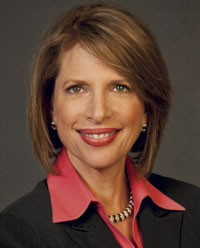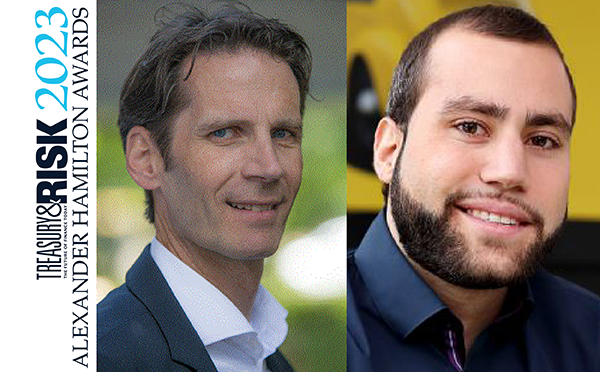 Procurement transcends disparate industry sectors such as entertainment and pharmaceuticals. Lisa Martin, chief procurement officer at Pfizer, worked early in her career as a buyer and expeditor at NBC when the network was acquired by General Electric, which she says highly values the procurement and sourcing function.
Procurement transcends disparate industry sectors such as entertainment and pharmaceuticals. Lisa Martin, chief procurement officer at Pfizer, worked early in her career as a buyer and expeditor at NBC when the network was acquired by General Electric, which she says highly values the procurement and sourcing function.
“It was a very good training ground,” Martin says, adding that working in the entertainment business, with its creative personalities and greater flexibility, gave her another important strength. “I definitely grew a thick skin,” she says.
Martin was working at Warner-Lambert in 2000, when it was acquired by Pfizer. Since then, she has risen to senior vice president and head of the $67.4 billion pharmaceutical company's global procurement function, leading the development and implementation of sourcing strategies that leverage the $17 billion Pfizer spends annually. Two years ago, Martin was given additional responsibilities for operations, including managing real estate as well as the facilities at the company's research and development and commercial sites. She now sits on the company's finance and business operations leadership team and reports directly to CFO Frank D'Amelio.
Martin notes that Pfizer places a strong emphasis on working capital. Her office, through its control of the company's considerable spending on supply, plays a major role in meeting those working capital targets.
The biggest challenge in meeting working capital and other goals, she says, is the pace of change nowadays. “You can't get too comfortable because nothing stays the same from day to day, from the composition of the company to the supply chain management area,” Martin says. “You always have to think as proactively as possible but maintain very solid business continuity plans. That balance is a key challenge.”
And it's one that requires bringing “internal stakeholders” into the fold. “You have to make sure you're carving out enough time to properly align with the business unit leaders and other functional leaders in the company,” Martin says.
In making the argument for change, it's essential to have a well-developed business case, and at least as important to have the courage to engage colleagues in “tough” conversations, she says. That's where a thick skin can come in handy.
A few years ago, Martin argued for streamlining the marketing agencies chosen by local business leaders. “By letting the facts speak for themselves, leadership came around to support the approach as well,” she says.
Such communication has helped transform procurement from a transactional function to one that's strategic and adds value, saving Pfizer between 3% and 7% annually on procurement spending.
Martin also takes pride in developing the next level of leaders among the executives she works with, whose backgrounds range from consulting to finance to chemical engineering. She tries to give them new responsibilities and push them to develop new skills. For example, procurement and operations were traditionally two separate functions at Pfizer, but now in some regions, including Latin America, they are headed by the same executive.
Not all markets are ready for consolidating those roles, however. Rapid growth in the Africa and Middle East region a few years ago prompted Martin to establish a procurement team there, although the region's operations are still run out of Pfizer's more established Eastern European office.
“We may look to combine the roles as the market matures, but we need to walk before we run, and be sure people are successful in those roles,” Martin says.
Ultimately, understanding when and how to deploy teams comes down to managing risk. Martin says a recent roundtable discussion organized by the Institute of Supply Management, where she is chairperson emeritus, revealed procurement executives view risk as their biggest challenge.
The heightened focus on risk means procurement must work ever more closely with treasury to determine suppliers' vulnerabilities. Pfizer has, of course, been working to manage these risks for a long time, but the steady stream of man-made and natural crises over the past several years has added new urgency.
“Now we're making sure wherever a disaster could happen, we have a good business continuity plan in place and there are communication protocols mandating who is responsible for what,” Martin says.
Procurement evaluates its 150 or so top-tier suppliers every year and adds new suppliers when appropriate, she says. “Our internal audit is reviewing that program now, and it will have some continuous improvement-type suggestions. I look at that as a positive.”
See the full 2012 Women in Finance list here.
See full coverage of the 2012 list here.
© 2025 ALM Global, LLC, All Rights Reserved. Request academic re-use from www.copyright.com. All other uses, submit a request to [email protected]. For more information visit Asset & Logo Licensing.




